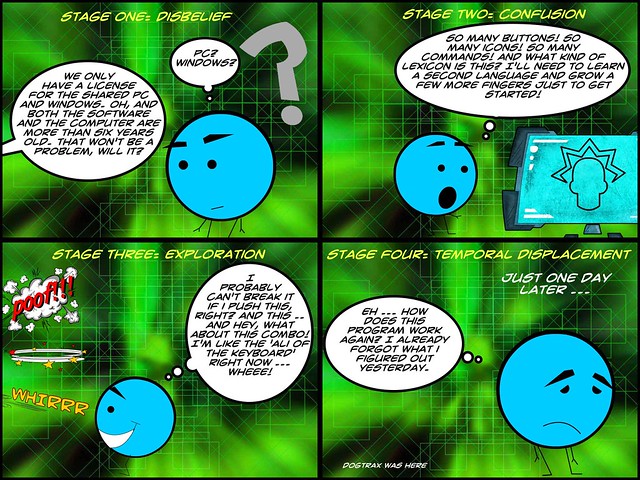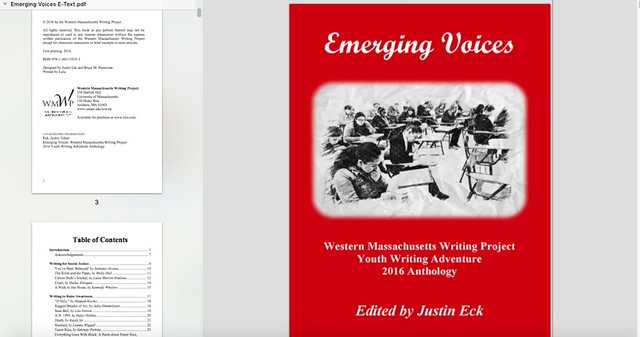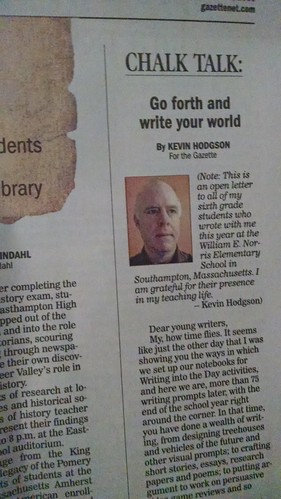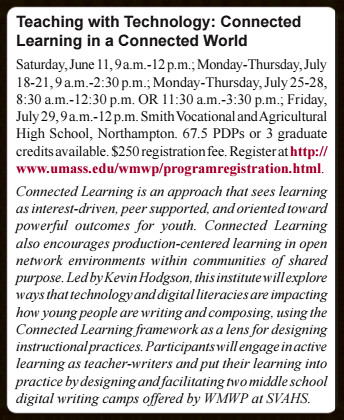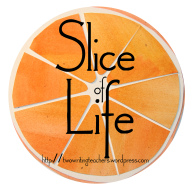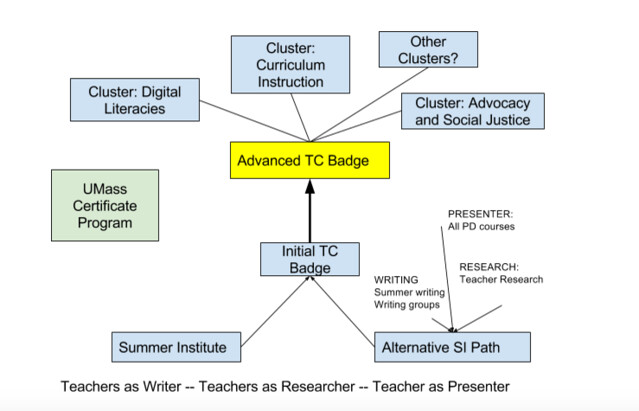
At a leadership retreat for our Western Massachusetts Writing Project, we have been talking about “pathways” into leadership opportunities for teachers at our site. It’s part of a larger initiative supported by the National Writing Project. I am not part of the core group at our site (which is led by my lovely and talented wife), but I did join in the meeting yesterday as we broke into three groups to further some topics under discussion.
I joined a small group that focused on the idea of “micro-credentials” or badges, and whether our site might benefit from this concept. We’re building off the work done by a NWP Pathways Project, which put together resources on badges for NWP sites to mull over (thanks to Bud Hunt as the main facilitator there). Their draft work and resources have been helpful for framing micro-credentials within the concept of a Writing Project site, particularly via the Summer Institute experience.
I have some experience with the notions of Open Badges in open learning spaces — in fact, we just launched an Open Badge project for the CLMOOC, after a participant asked about badges and then followed her interest to create the system for CLMOOC badges.

I have mixed feelings on the merits of badges, but I have an open mind, too, and I think the CLMOOC experiment was a good one for a number of reasons (including: someone had an interest in badges and they followed that interest into action, providing a resource for everyone else). But what would micro-credentials look like at a Writing Project site? And how would it have value and meaning?

We didn’t reach any conclusions but I think our thought processes has taken us in an interesting direction. The core experience at our WMWP site, as it is in most NWP sites, is the Summer Institute — an intense, immersive experience in writing and teaching. There are three core themes to the Summer Institute:
- Teacher as Writer
- Teacher as Presenter
- Teacher as Researcher
When you emerge from the Summer Institute experience (which actually unfolds throughout the following school year with a classroom action research project), you get the designation of a Teacher-Consultant, or TC, which puts you on the map as WMWP fellow and opens doors to leading professional development and other activities.
Back to Badges: If we think of becoming a TC as one level of experience, we could possibly provide a badge for that experience, based on evidence that they were writing, presenting to share knowledge with others and diving into classroom research. So, three badges would lead to a Teacher-Consultant Credential. That makes sense.
However, what we are more interested in is this: What about educators who want to do the WMWP Summer Institute, but can’t do it, for logistical or personal reasons (it is three full weeks in the summer). What if we had a badge system that provides an alternative path for those folks to eventually get the TC Credential, but instead of attending the Summer Institute, they did menu options over time? They would have to earn Teacher as Writer badge, a Teacher as Presenter badge, AND a Teacher as Researcher badge.
Earn those three … and you become a TC.
Taking it a step further, we wondered about the next tier up above TC. How might we use badges and micro-credentialing to provide more opportunities and incentives for current Teacher-Consultants to stay involved. If we had an Advanced TC tier, then we would use the same framework themes (writing, presenting, researching) but these TCs would have to earn those badges in various WMWP offerings, perhaps in clusters (such as curriculum, digital literacies, etc.) or perhaps leapfrogging around, as long as they earned the three badges (writer, presenter, researcher).
That’s a lot to think about, and when we started to imagine the logistical elements of keeping track of all of this … we sort of came to an end to our conversation. I’d love to get some feedback on this, and if you use a similar system for your organization, could you let me know?
Peace (more than a badge),
Kevin

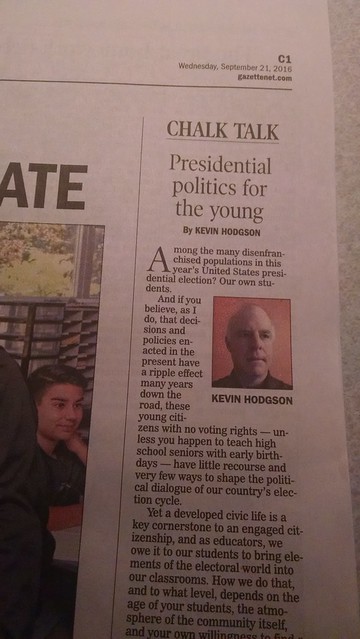

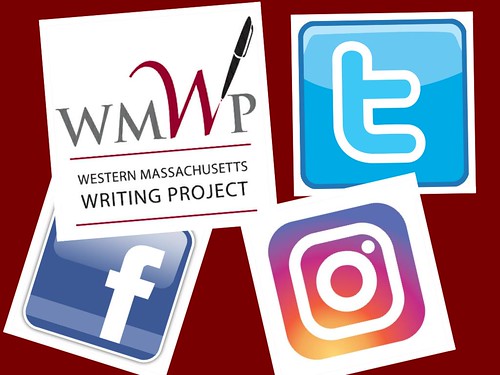 I proposed to WMWP that I leave the post of Technology and move into the post of Outreach, where I would still harness technology with the goal of reaching and connecting teachers together (something I was sort of doing already with Technology).
I proposed to WMWP that I leave the post of Technology and move into the post of Outreach, where I would still harness technology with the goal of reaching and connecting teachers together (something I was sort of doing already with Technology).